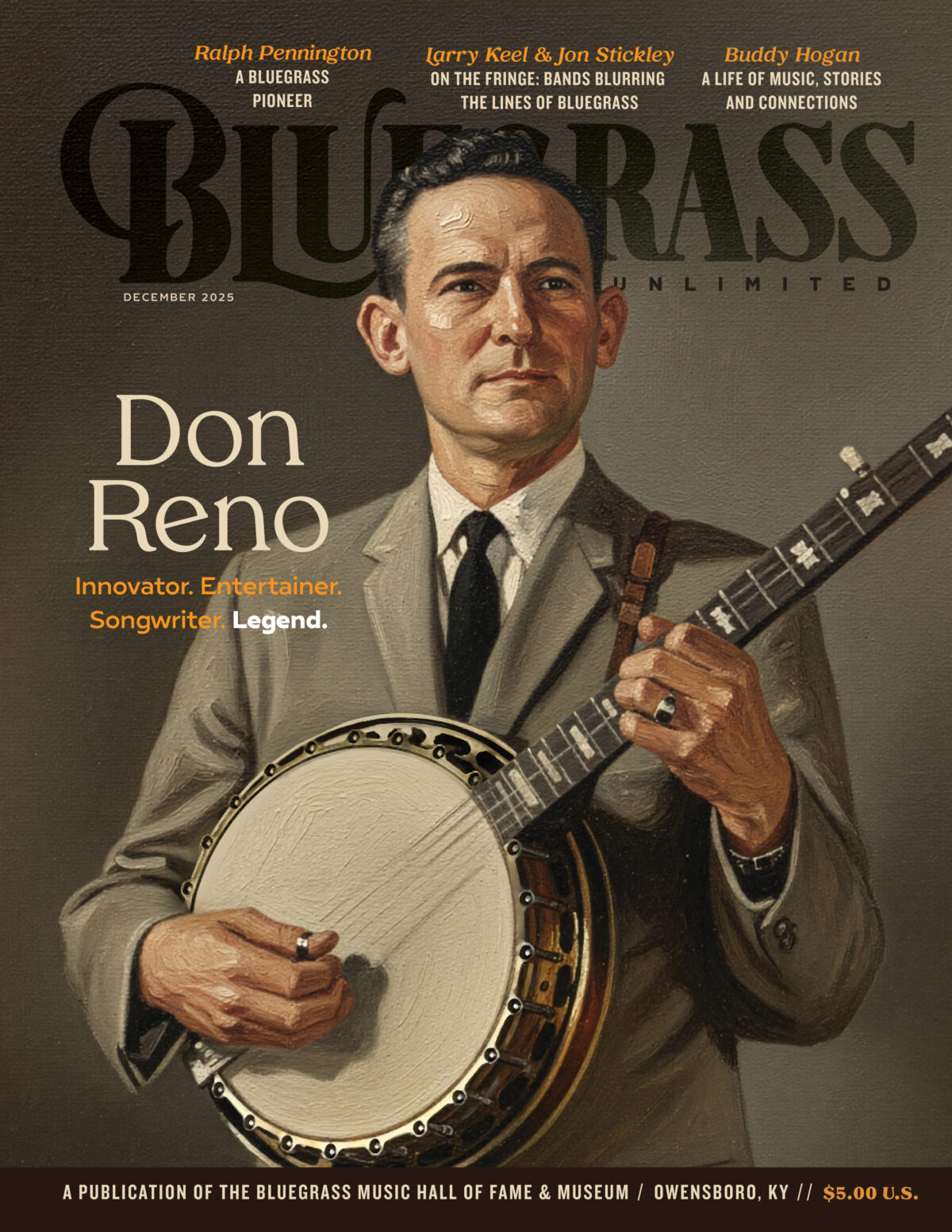Scripting The Flip
 Jon Stickley Trio
Jon Stickley Trio
Scripting the flip
Since Bill Monroe first played what we would come to know as bluegrass, the bluegrass world has been split into two factions, those who never want to see the music change from what he first created so many years ago and those who happily wish to see the music evolve in bold, innovative new directions. The irony of that is Monroe himself was breaking rules as he was crafting what we would come to know as bluegrass. Following in that Monroe tradition of rule breaking is the Jon Stickley Trio, a forward-thinking acoustic band built upon the powerful flatpicking guitar of Jon Stickley, the adventurous fiddling of Lyndsay Pruett, and the complex-drumming of Hunter Deacon.
With their latest release, Scripting the Flip, the Jon Stickley Trio has crafted an album with no limitations, that is rooted in a familiar traditional sound, but miles away from the bluegrass your grandfather first listened to on his porch. Even with its traditional soul, Scripting the Flip is a genre-defying album that moves across musical barriers and bridges genres with graceful ease. It slides easily from the banjo-breakdown of “Driver” that features Leftover Salmon’s Andy Thorn, to the latin-jazz tinged “Ashtabula” and “Animate Object,” to the Tony Rice-esque “Bluegrass in the Backwoods.”
If Thom Yorke and Radiohead started a bluegrass band it would probably sound like the Jon Stickley Trio. If they made an album it would be Scripting the Flip. And all of that is a good thing. A real good thing. Just as Radiohead has toyed with the fabric of rock music, the Jon Stickley Trio has done the same with bluegrass, pushing, pulling, stretching, and twisting until it just barely is recognizable, but in that same moment, still just as appealing. It allows the listener the ability and freedom to explore, but from the safety of familiar confines. “We embrace some elements of music that are very non-bluegrass,” says Stickley, “and we hope that those elements may be able to grab a listener’s attention and draw them in before they realize that what they are listening to is actually very bluegrass.”
REVIEWED BY TIM NEWBY
